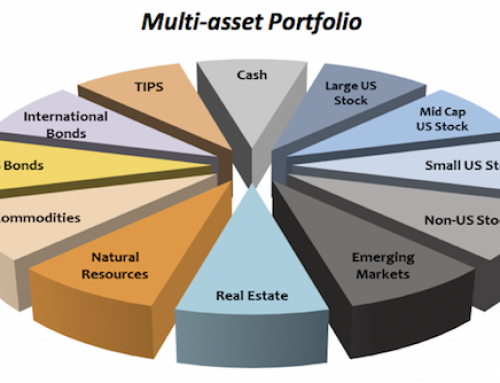Portfolio manager John manages an institutional fund of $45 billion. The fund has no explicit liability profile to match and does not contain any investment with a near-term maturity date. The strategic allocation of the fund can be modeled by a U.S. multi-asset portfolio, which produces a desirable historical portfolio return. John’s goal is to generate a steady absolute return over the medium to long term. The sponsor is well aware that markets may swing up and down in the short term, and that artificially creating an absolute return vehicle may be very costly and hurt returns without achieving the sponsor’s longer-term investment objectives.
After the financial crisis in 2008, the sponsor of the fund introduced the mandate to account for potential “Black Swan” scenarios in its routine portfolio construction reviews, because it may be impossible to make any sudden, major changes to such a large portfolio or put on any hedge even with, say, 6 months of visibility in the event that such a “Black Swan” event does happen. At the same time, the fund cannot and will not generate a healthy medium to long-term return if it is “permanently” positioned to avoid extreme events. John wants to find an optimal asset allocation that can take into account low-probability extreme events for a multi-asset portfolio.
Please refer to this white paper on Black-Litterman.
Click on![]() to open in a new page.
to open in a new page.
[pdf-embedder url=”https://www.hedgespa.com/wp-content/uploads/2016/01/Black-Litterman-White-Paper.pdf” title=”Black-Litterman White Paper”]





Leave A Comment
You must be logged in to post a comment.